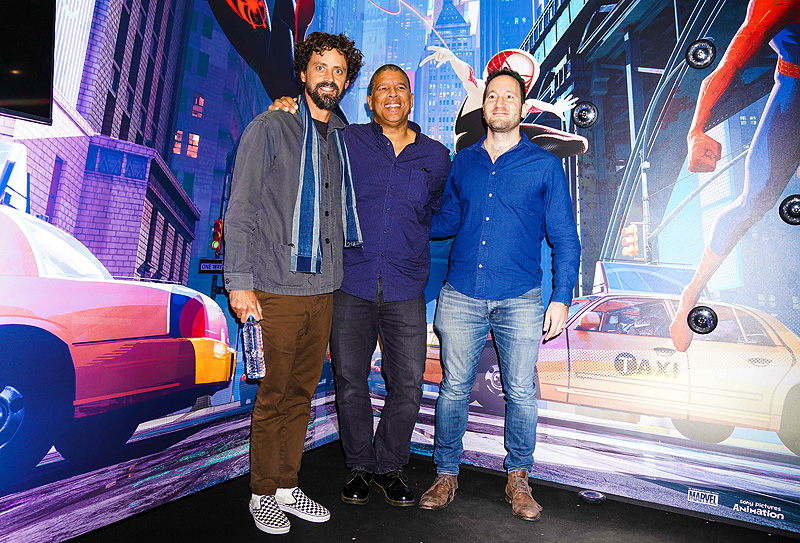Sony Pictures provided ComingSoon.net the chance to have an entertaining chat with the three Spider-Man: Into the Spider-Verse directors Bob Persichetti (The Little Prince), Peter Ramsey (Rise of the Guardians) and Rodney Rothman (22 Jump Street). Check out our interview below, where we talk Oscar chances, Ang Lee’s Hulk, Spider-Man being Jewish and more!
RELATED: Meet Spider-Gwen in New Spider-Man: Into the Spider-Verse Clip
Phil Lord and Christopher Miller, the creative minds behind The LEGO Movie and 21 Jump Street, bring their unique talents to a fresh vision of a different web-slinging universe, with a groundbreaking visual style that’s the first of its kind. The film introduces Brooklyn teen Miles Morales, and the limitless possibilities of the Spider-Verse, where more than one can wear the mask.
Shameik Moore, star of The Get Down and Dope, voices Miles Morales in the film. He is joined by Liev Schreiber as Kingpin, Mahershala Ali as Miles’ Uncle Aaron, Brian Tyree Henry as Miles’ father Jefferson, Luna Lauren Velez as Miles’ mother Rio, Lily Tomlin as Aunt May, with Hailee Steinfeld as Spider-Gwen, Jake Johnson as Peter Parker along with Kimiko Glenn (Orange Is the New Black) as SP//dr aka Peni Parker; comedian John Mulaney as Spider-Ham; and Nicolas Cage as Spider-Man Noir.
RELATED: The New Spider-Man: Into the Spider-Verse Trailer is Here!
Spider-Man: Into the Spider-Verse is directed by Bob Persichetti, Peter Ramsey, and Rodney Rothman. The script was written by Phil Lord and Rothman. The producers are Avi Arad, Amy Pascal, Phil Lord, Christopher Miller, and Christina Steinberg.

ComingSoon.net: So right off the bat, I just want to say congratulations on the Film Critic’s Circle Award!
Peter Ramsey: Thank you. That was a wonderful thing to wake up to.
Bob Perischetti: Yeah, we’re super excited. Kinda can’t believe it.
CS: Do you think you have a shot of breaking through the Disney Best Animated Feature stranglehold at the Oscars this year?
Ramsey: (laughs) No comment.
Perischetti: We have no idea. I still can’t believe the thing is finished, so I am the wrong person to ask.
CS: So several months ago I went to a Sony presentation where I saw 15 minutes of the film in rough form. It was mainly the sequence when Miles is first gaining his senses, and I honestly thought that all the Lichtenstein-ing and the benday dots and the comic bookiness of it was a little overwhelming. I didn’t think it worked. But when I saw that scene in the context of the film it was like, “Oh okay, he’s overwhelmed. That’s what that whole scene was about.”
Perischetti: You just made me very happy. I’m eating cinnamon roll and you just made me very happy.
CS: Was there a lot of tweaking and streamlining of when to go hard with the comic book style stuff and when to pull back?
Ramsey: Yeah, absolutely. I mean, the goal all along was to find the balance between the very stylized visuals that were inspired by comics and the emotional story that was going to engage you and keep you focused on the experience of the characters. So at any given point, we really tried to pay attention to what we were doing visually, whether or not it supported the moment, whether or not it put you in Miles’ experience. And that was kind of the guiding light, because obviously our huge fear was coming up with something that looked really cool but didn’t really connect with an audience on an emotional level.
Perischetti: Yeah, the goal was to give the audience a new experience, but not to overwhelm them. That said, generally speaking, when we had a concept between going a little further and being a little restrained, all things being equal, we would just go a little further. But then, as we watched the movie as a whole, we would provide different things and pull back in different moments and emphasize Miles’ experience a little bit more, and that was always the balancing act.
Rodney Rothman: Yeah. Upfront there was one rule: From the text on screen to spider sense to those environmental things we called shivers, all of those visuals we wanted to turn into a tool for subjective storytelling to Miles. As he went through those things we were trying to experience it with him. If we did that, then it wouldn’t just feel like artifice on top of a story, they would feel embedded into his experience. I think you can feel the progression from the first time you meet him walking down the street to that moment, where the train car comes flying through the window behind him. That’s what’s going on.

CS: Yeah. And it’s interesting because when I first saw the technique, I was reminded a lot of the Ang Lee “Hulk” movie. That was a very early, awkward attempt to try to replicate the comic book look. And I guess Edgar Wright had a little bit more success when he tried it with “Scott Pilgrim.” But did you look at “Hulk” to see what not to do?
Ramsey: (laughs) Well, here’s the really funny part: I actually storyboarded Ang Lee’s “Hulk.”
CS: Oh wow.
Ramsey: So I was there.
Perischetti: So I guess we did look at Peter’s work and decide what not to do. (laughs)
Ramsey: An ongoing theme.
Rothman: But yeah, we didn’t necessarily look at other movies. We mainly just tried to figure out what made sense for this particular project, and there was a lot of work put into it and to trying to figure out this specific technique.
CS: And Rodney, I’ve actually been a fan of yours since your book “Early Bird.”
Rothman: Thank you. You and my grandma, yeah.
CS: I know, me and her talk about it all the time. Of course you’ve done some work with Judd Apatow as well as Lord & Miller over the years, but I think this is your directing debut and your animation debut at the same time, right?
Rothman: Yes.
CS: So can you talk a little bit about what you brought to the table and what specifically you were focused on and how you kind of integrated yourself into the process?
Rothman: Sure. Absolutely. I guess I worked a lot as a writer and producer in comedy and action/comedy. Those kind of skills were more about story and writing. You know, I was integrated into the whole process and I was allowed to participate in the whole process of making this movie. That was part of the spirit of the project, and also to the credit of Bob and Peter. That said, I was new to animation in a lot of ways, and there were a lot of things that I wanted to express, but I certainly didn’t have anywhere near the level of expertise that these other two guys had. So I was very reliant on them and I honestly learned a lot from them. For me, in a weird way, that was the big positive for me from the experience, was being able to work alongside people that knew a lot about stuff that I was really interested in but had less experience in than them. So I got to learn a lot.
Ramsey: And we loved Rodney.
CS: My favorite part of “Early Bird” was the section where you were doing Jdate, so I feel like this question is very specifically to you, Rodney: There’s a split second where we see the wedding of the main Peter Parker in the film. And when he gets married, he steps on the glass, so he’s Jewish. Can you talk a little bit about making Peter Parker explicitly Jewish?
Ramsey: Yes, he can.
Rothman: It was just something that I wanted to do. It was kind of a running joke that we had, was me insisting that Peter Parker was Jewish, but we’re not really saying—first of all, we’re not really saying Peter Parker is Jewish. It could be that MJ is Jewish in this universe. It could be that in an alternate universe, Buddhists step on glass. We don’t know. It’s an alternate universe. But I mean, I guess when I thought about Stan Lee and Forest Hills and Peter Parker… I thought for 15 frames, we can do this.
CS: Well, it stood out. And I think there is something to that. I think there are a lot of scholars who say that even though it’s not explicit, that in the early appearances in the comic book it’s suggested that Peter might be Jewish.
Ramsey: Yeah, they never really said it, and I don’t think that’s really a thing.
Perischetti: But some of the great comic book creators, you know, they’re Jewish. So that wouldn’t be too shocking.
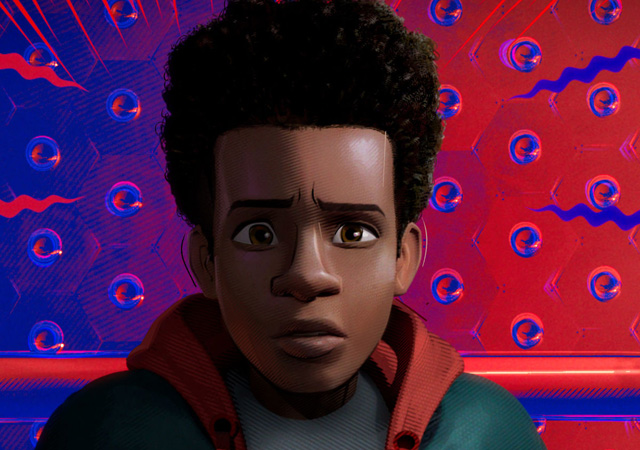
CS: Even though this is a comedy, this feels like the truest expression of the comic book “Spider-Man.” You get to pull from all the different sources and blend all the different artistic styles. It made me wonder why it has taken so long for studios to utilize big budget feature animation for comic book movies? It seems like a no-brainer.
Ramsey: That’s a really good question. I don’t know why it took so long. I mean, I think maybe we can just attribute that to the success of the Sam Raimi “Spiderman” films and the Favreau “Iron Man” films. Those things became such cultural flashpoints it may have just stunted any growth of what a Marvel movie has to feel like. Even on the course of making this movie people were oftentimes surprised at its maturity, at the story we were telling, at the way we were telling the story, because it was animated. They brought some preconceptions to it that none of us have about animation. So I think it wasn’t so much a conscious decision, I think we all consider ourselves filmmakers. Our medium on this one is the animation, and we are deeply in love with it and we took advantage of every single aspect of it.
CS: When you were developing this and coordinating with Amy Pascal and Avi Arad, was there anything that you wanted to do that maybe conflicted with plans for either the Marvel Studios “Spider-Man” or the larger Sony “Spider-Verse”?
Rothman: Wow, great question! You like softball answers? (laughs) There was a lot of coordination between us and Amy and Avi, really specifically a lot with Amy, just making sure that we didn’t tread on each other’s material. We found a way for the two contemporary versions of “Spider-Man” on the big screen to live separate from each other, but parallel. Having said that, there were very few limitations set by them creatively.
Perischetti: That’s very true. They were extremely supportive. They were huge cheerleaders.
Ramsey: We were really shocked —in the same way that maybe the public is shocked now that they see this movie- that there can be such a different telling of essentially the same story points. You have a kid coming of age being bitten by a spider. That’s consistent for Peter, Miles and all the others, but we were given the freedom to make it different. You have to make it different. And that really helped.
Perischetti: And Amy and Avi, I think first and foremost, they really wanted to fall in love with Miles. That was their vision for us was to make us fall in love with this kid, make us really get inside his head, inside his life in a way that we’re going to want to go through the whole experience with him.
Ramsey: Yeah. And you don’t get to make a movie that aspires to push boundaries without the protection and support of important people.
Rothman: Phil and Chris.
Ramsey: Yeah, Phil and Chris and Amy and Avi and Tom Rothman. They were our people who protected us.
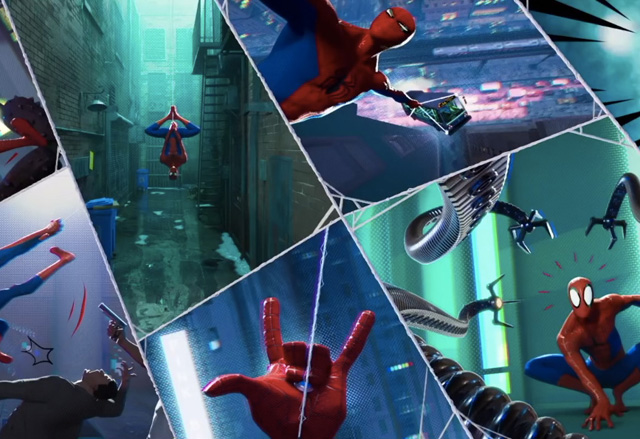
CS: Even though we’ve had guys in their late 20’s playing Spider-Man, we haven’t really seen the late 20’s Spider-Man represented on screen. It’s been mostly high school-aged Peter. The high school years are only really a fraction of the comic book timeline, I think for the most of the run of the comic book he’s been an older dude. That’s certainly what I grew up with in the Todd McFarlane and Erik Larsen era. What was it like getting to explore the adult Spider-Man?
Perischetti: Great. Yeah, it was a blast. I think we’ve all had so much exposure to Spider-Man, to Peter Parker. We have this big knowledge of him, that he’s just part of our lives in some way. The cool thing was because Miles was in a world where Peter Parker and Spider-Man exist already, we were able to not just make a meta commentary on it, we were able to make it important to the narrative. And he really informed a lot of what Miles’ choices were, and the expectations placed on Miles. It was really fun to age him up and see what happens after you spend many years breaking your back, literally, trying to save people. Yeah, it was great.
Rothman: The original Peter Parker at the cusp of a different stage of his life was really fun. We got really inspired doing it knowing that parents are going to be taking their kids to the movie, and being able to show them both versions of themselves in the movie was sort of part of the whole spirit of it.
CS: Which of you three was the biggest comic book fan?
Perischetti: Good question. I would say Peter.
Ramsey: Probably me.
Rothman: I would say Peter.
Ramsey: I’ll cop to that, yeah. That was where I learned to draw. That’s where I learned to tell visual stories, so it’s deep down in my bones and it’s a pretty amazing experience to get to participate in this one.
CS: Well, at the very least you’ve certainly redeemed yourself from “Hulk.”
Ramsey: I’ll tell Ang Lee you said that.
(Photo Credit: Getty Images)
Spider-Man: Into the Spider-Verse
-
Spider-Man: Into the Spider-Verse
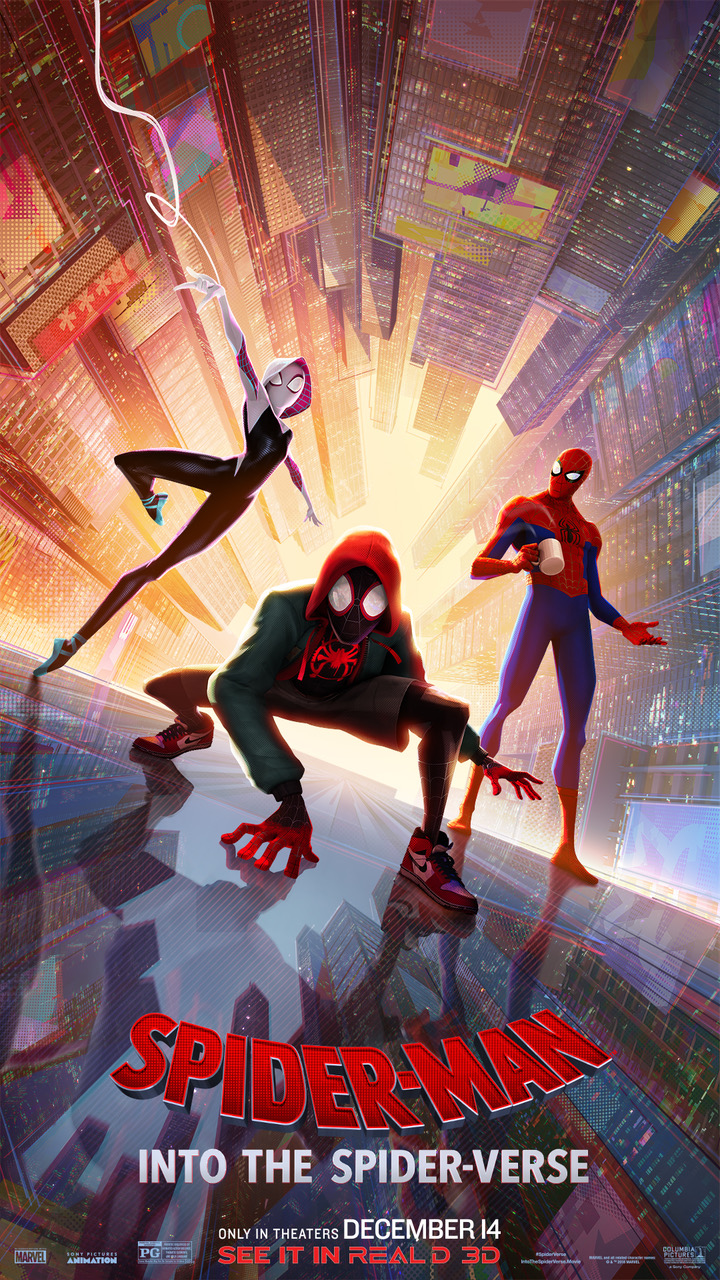
-
Spider-Man: Into the Spider-Verse
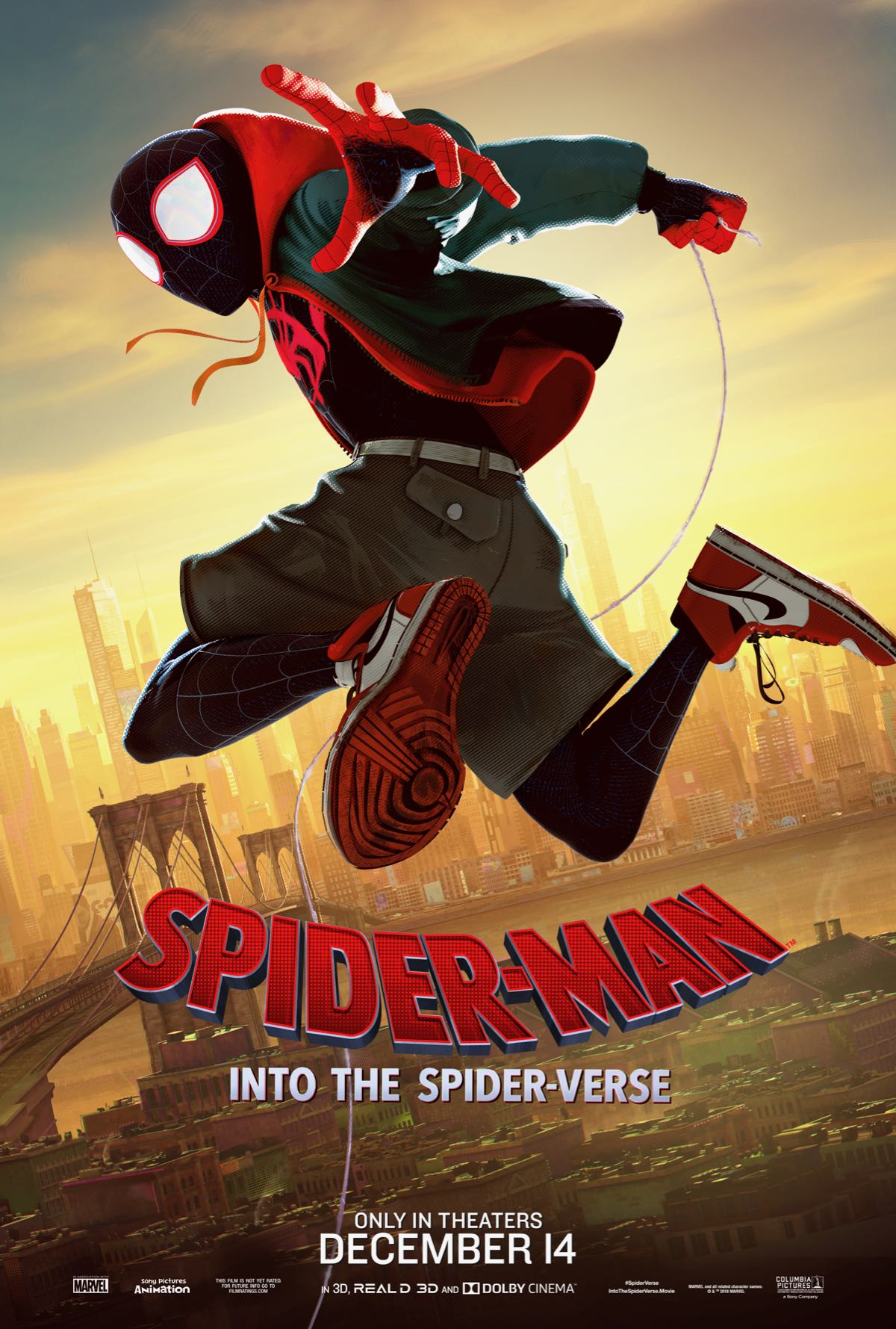
-
Spider-Man: Into the Spider-Verse

-
Spider-Man: Into the Spider-Verse
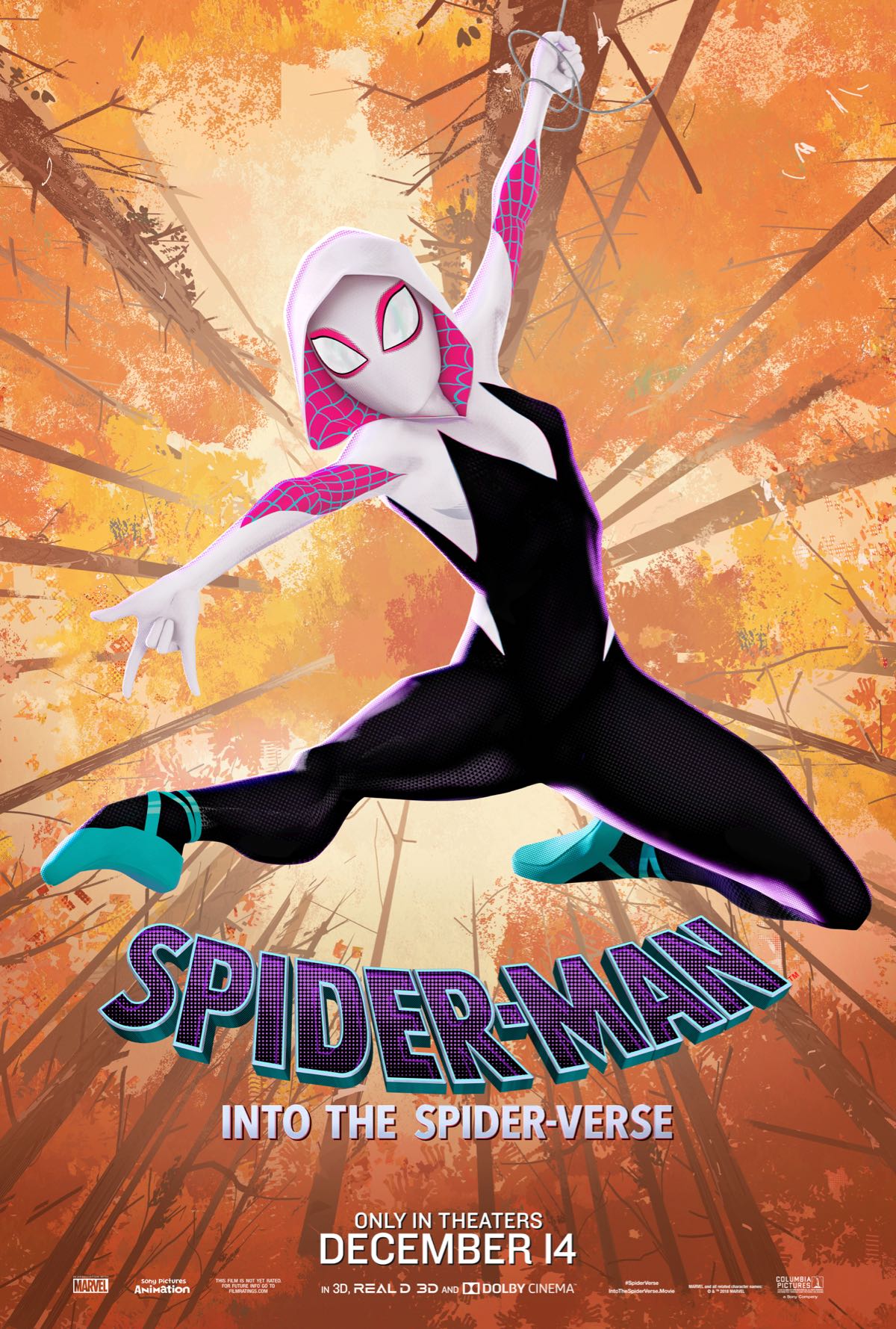
-
Spider-Man: Into the Spider-Verse
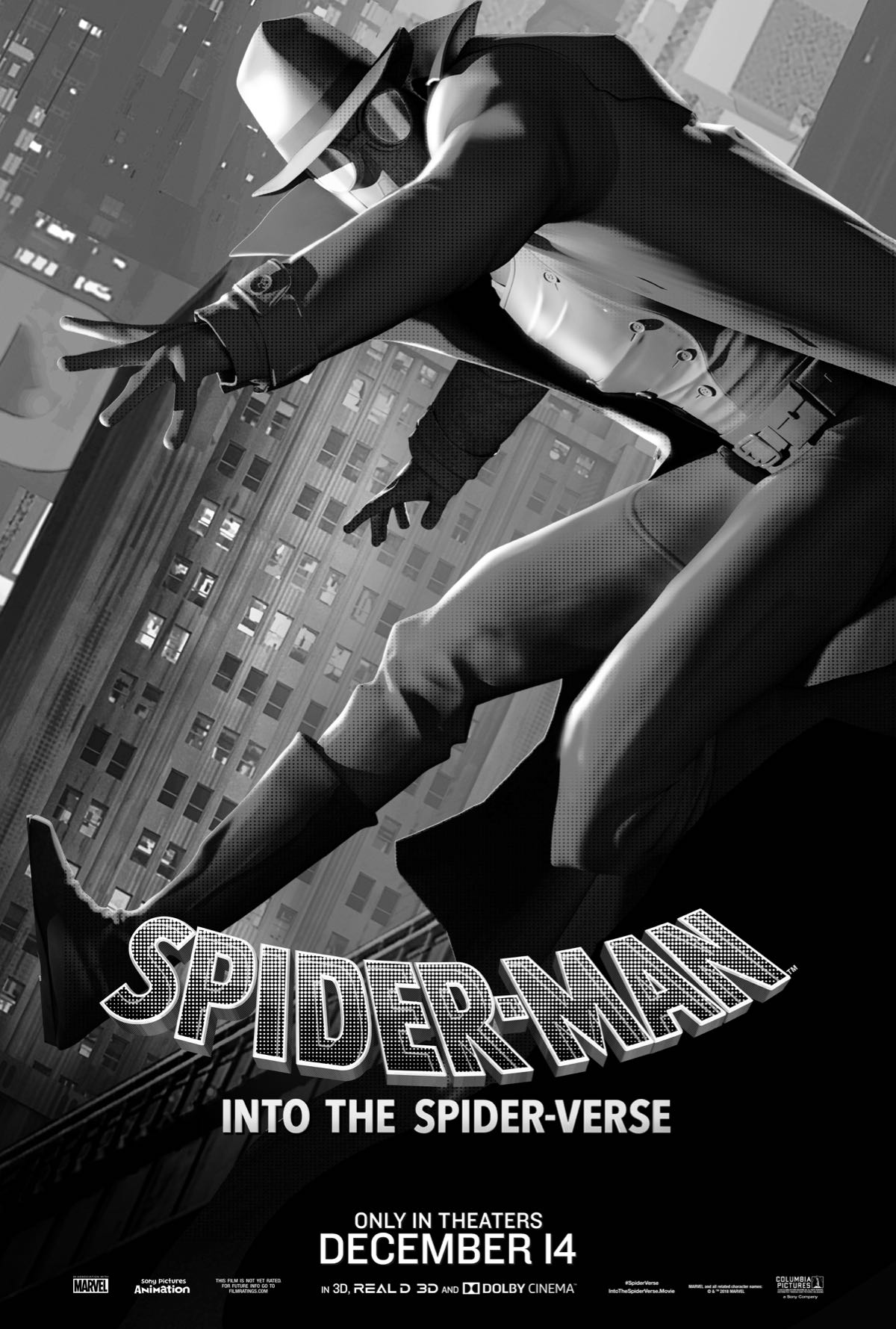
-
Spider-Man: Into the Spider-Verse
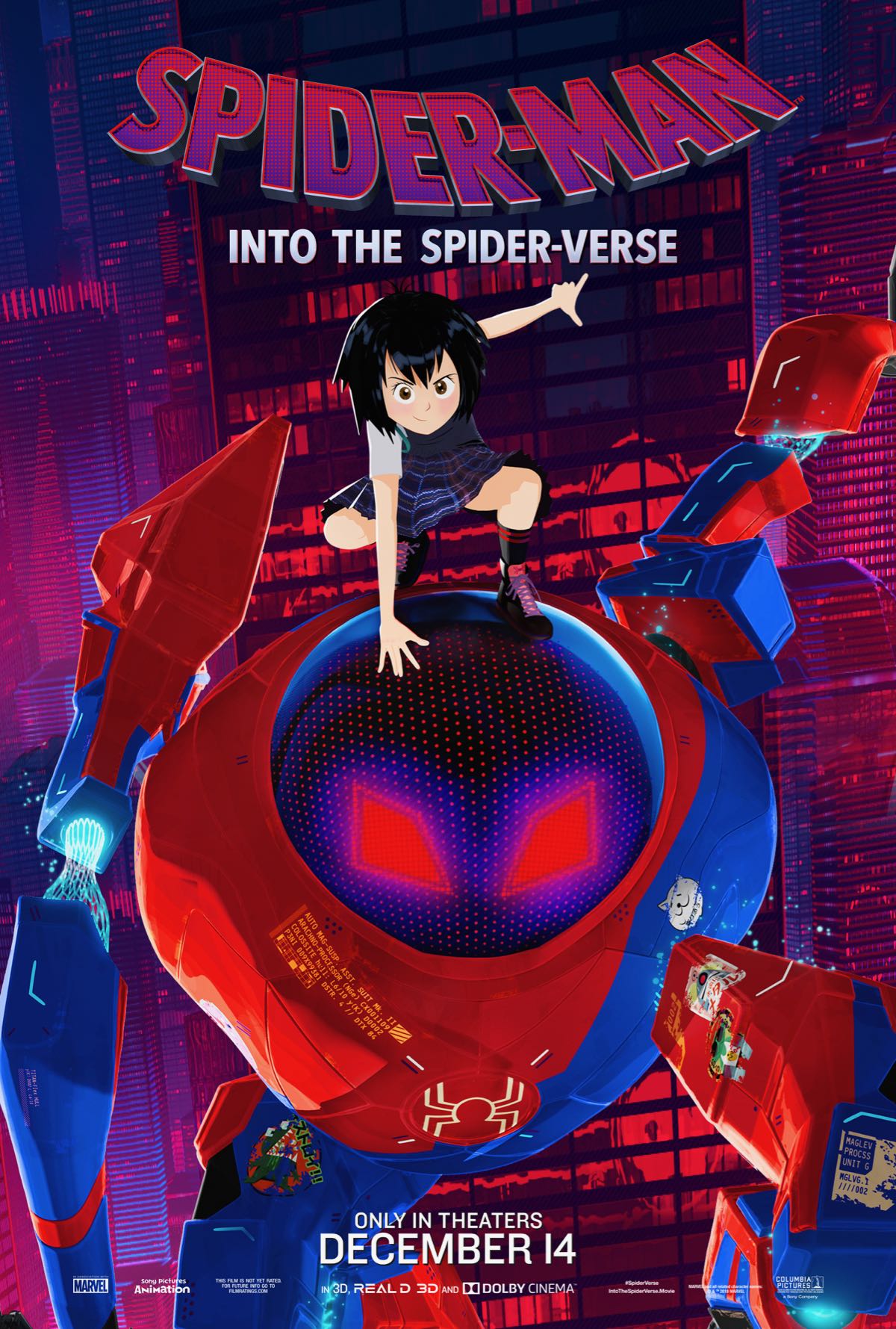
-
Spider-Man: Into the Spider-Verse
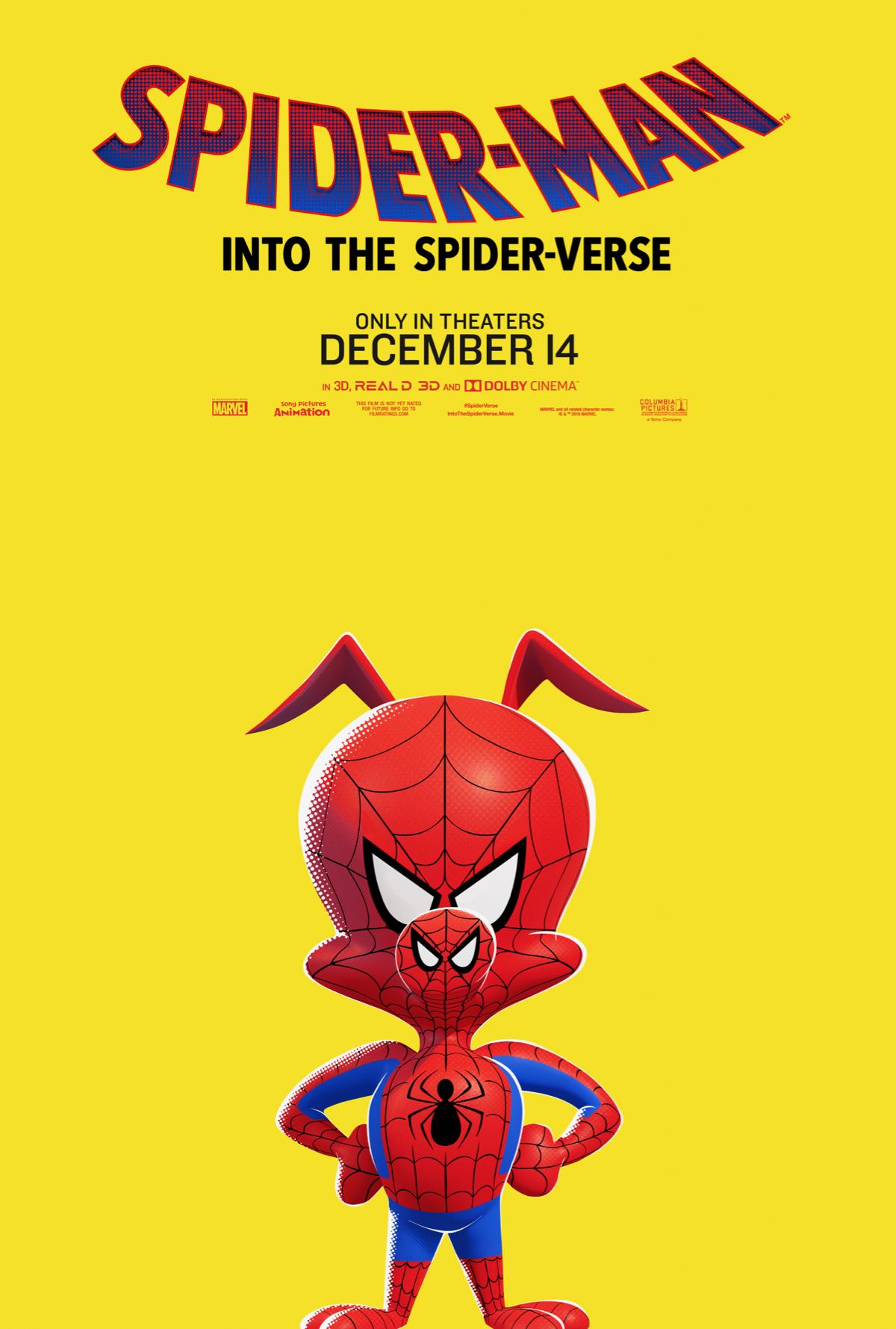
-
Spider-Man: Into the Spider-Verse
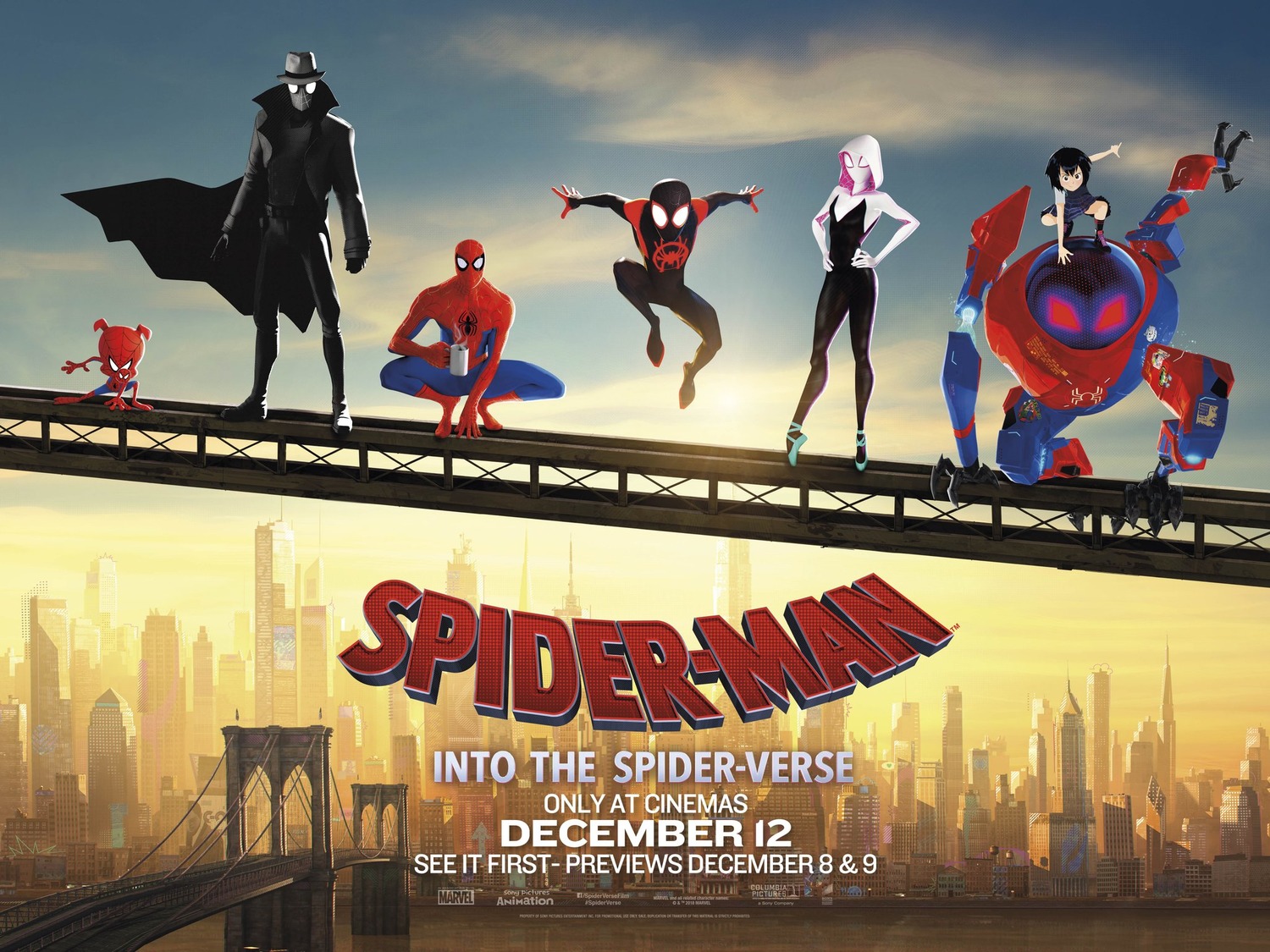
-
Spider-Man: Into the Spider-Verse
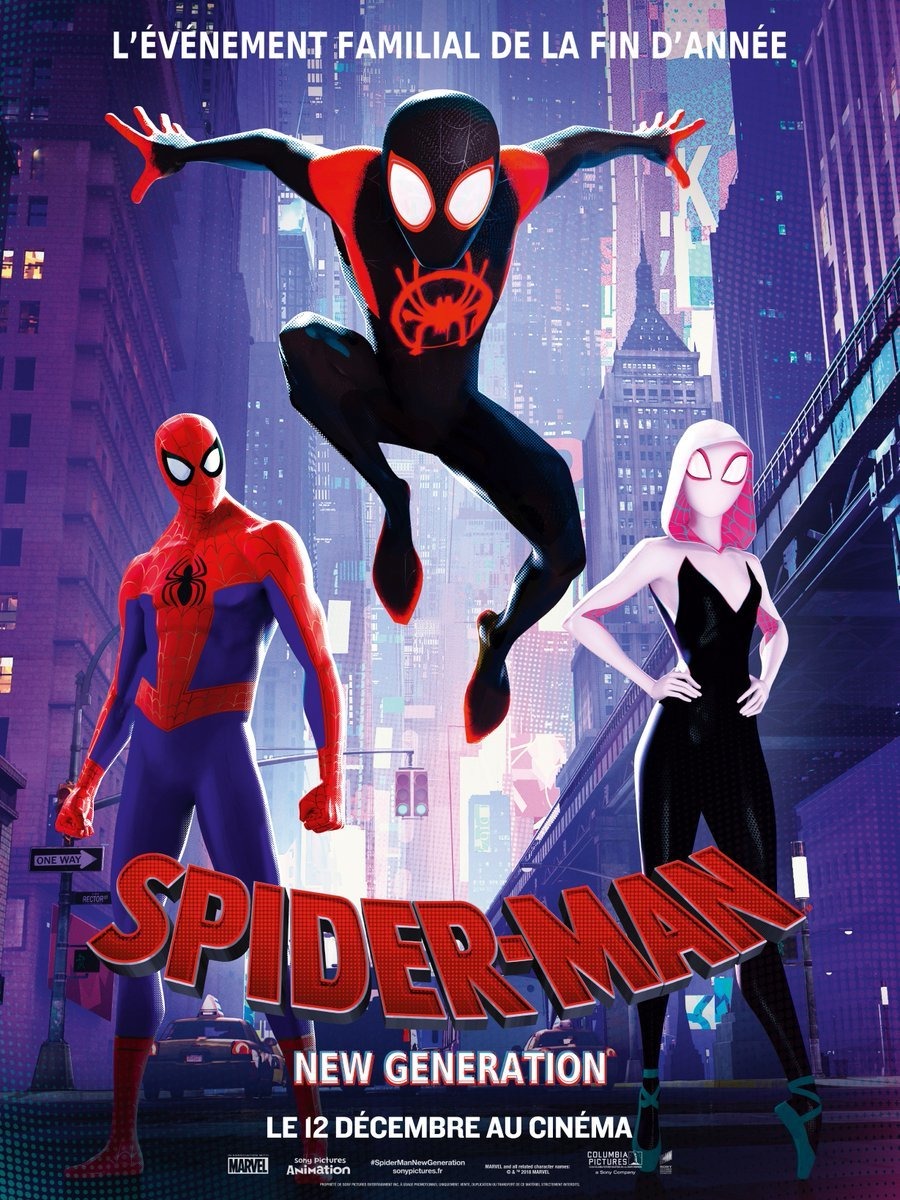
-
Spider-Man: Into the Spider-Verse
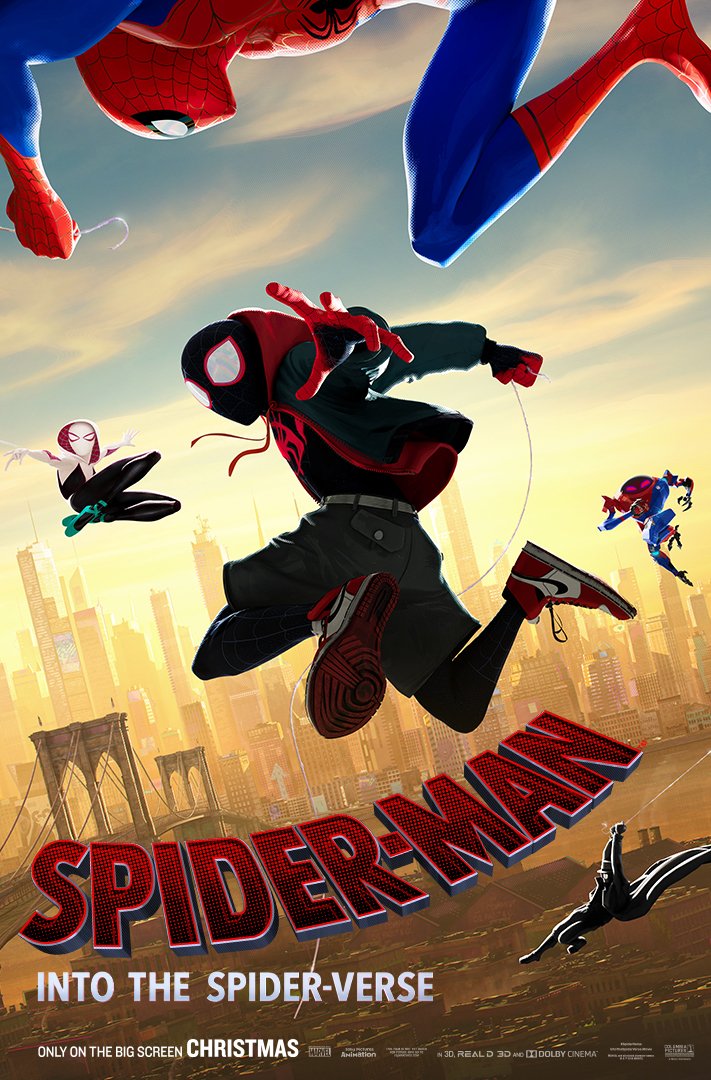
-
SPIDER-MAN: INTO THE SPIDER-VERSE
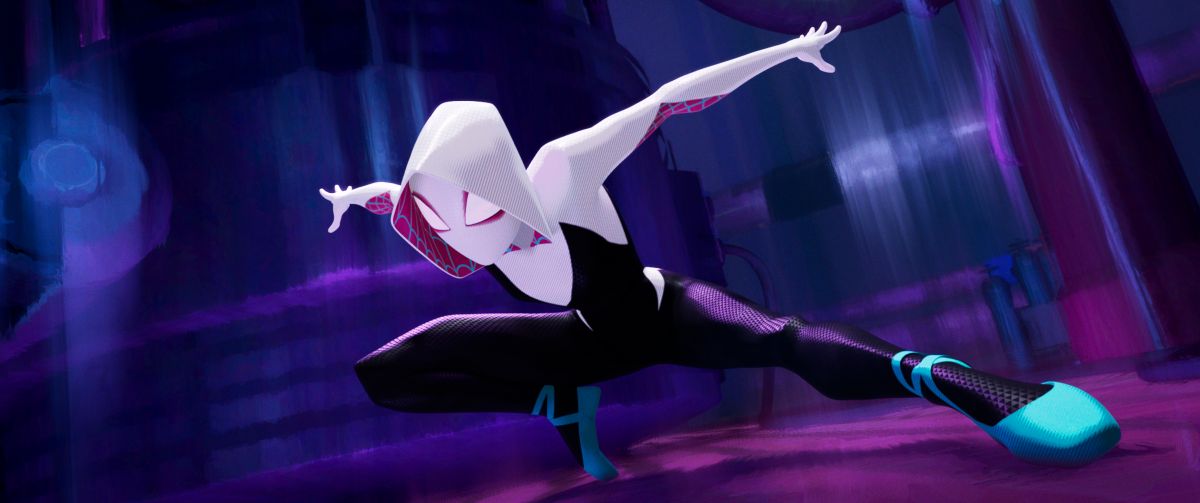
Spider-Gwen (Hailee Steinfeld) in Sony Pictures Animation's SPIDER-MAN: INTO THE SPIDER-VERSE.
-
SPIDER-MAN: INTO THE SPIDER-VERSE
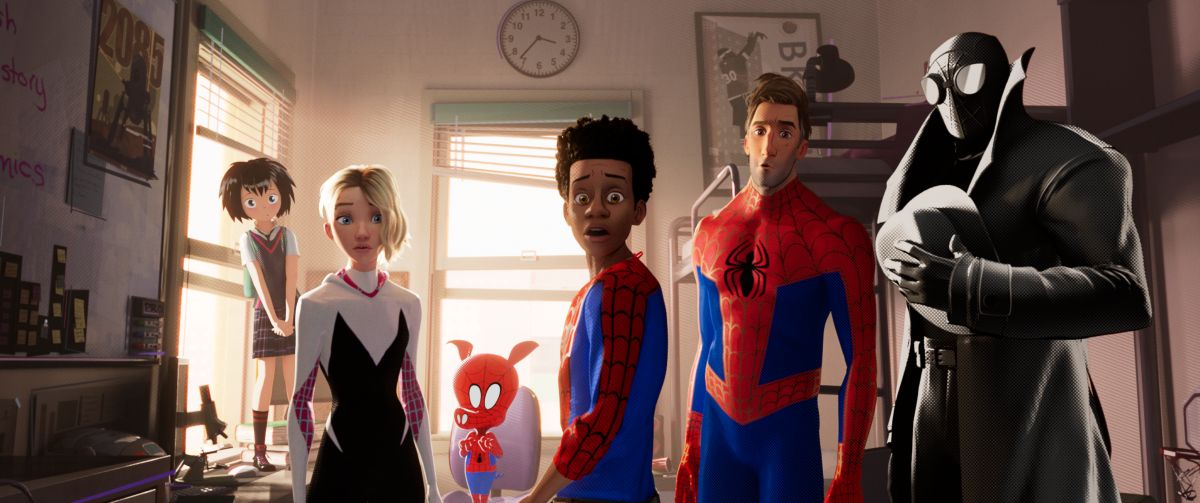
Peni (Kimiko Glen), Spider-Gwen (Hailee Steinfeld), Spider-Ham (John Mulaney), Miles Morales (Shameik Moore), Peter Parker (Jake Johnson), Spider-Man Noir (Nicolas Cage) in Sony Pictures Animation's SPIDER-MAN: INTO THE SPIDER-VERSE.
-
SPIDER-MAN: INTO THE SPIDER-VERSE
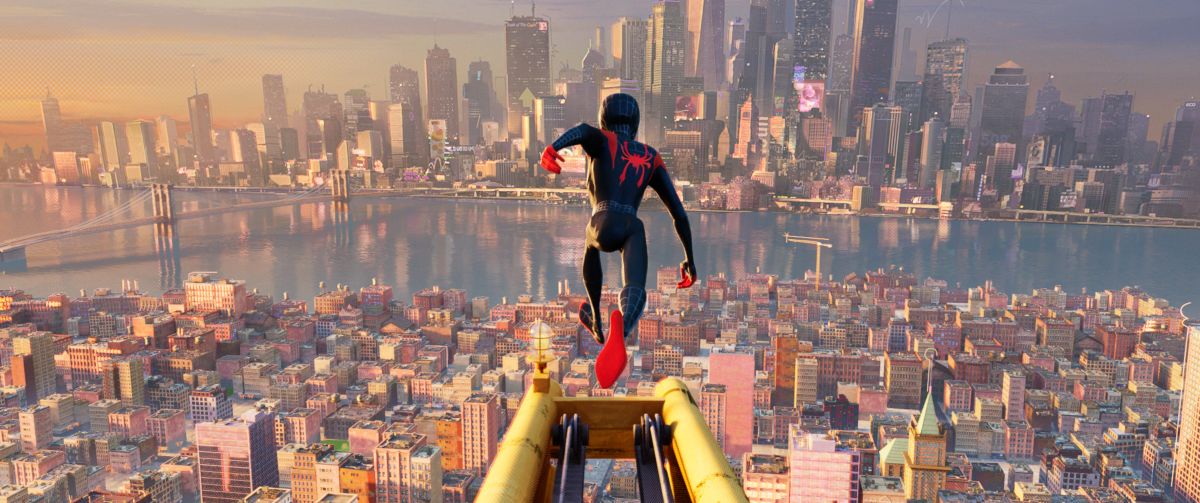
Miles Morales (Shameik Moore) as Spider-Man in Sony Pictures Animation's SPIDER-MAN: INTO THE SPIDER-VERSE.
-
Spider-Man: Into the Spider-Verse
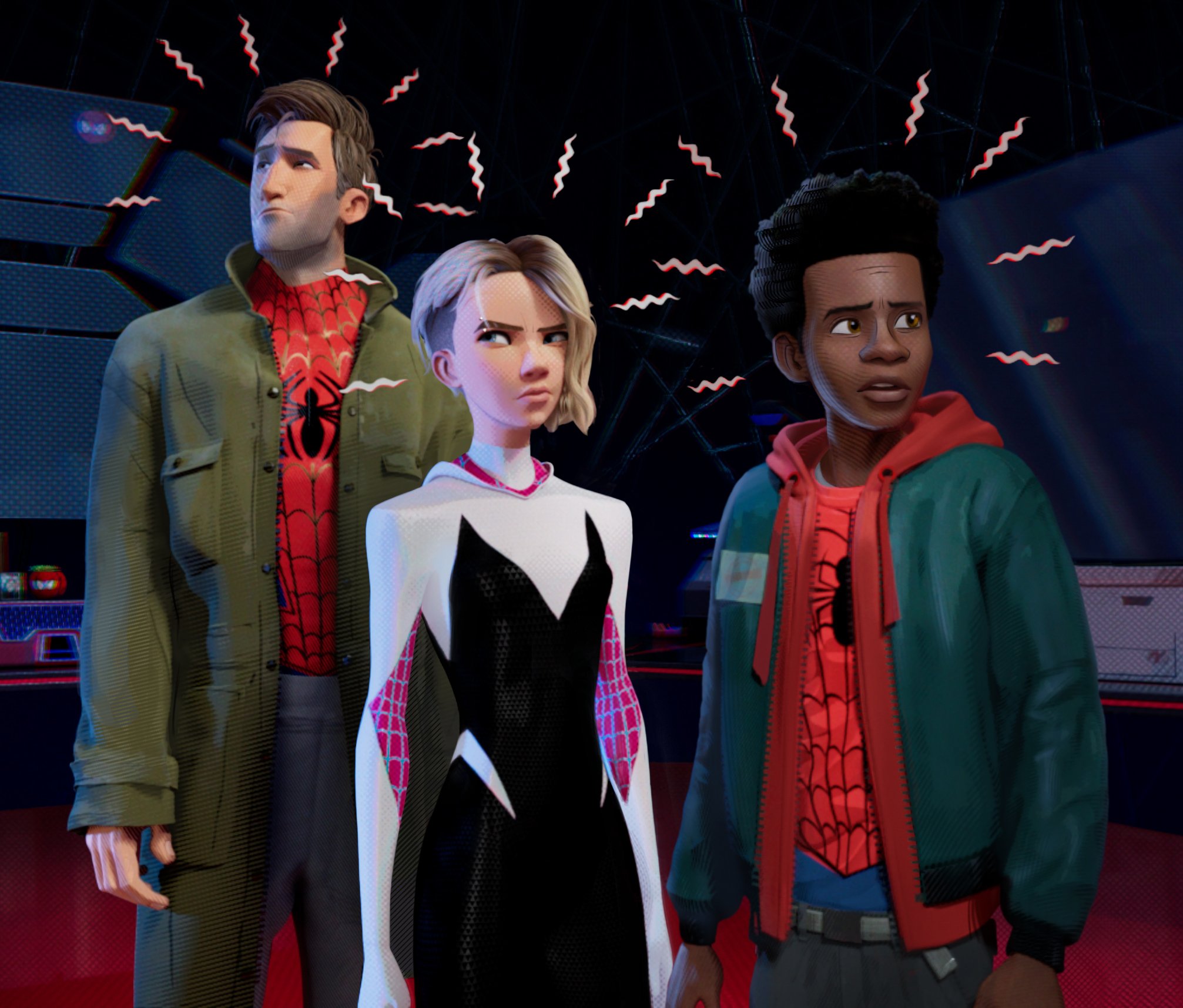
-
SPIDER-MAN: INTO THE SPIDER-VERSE
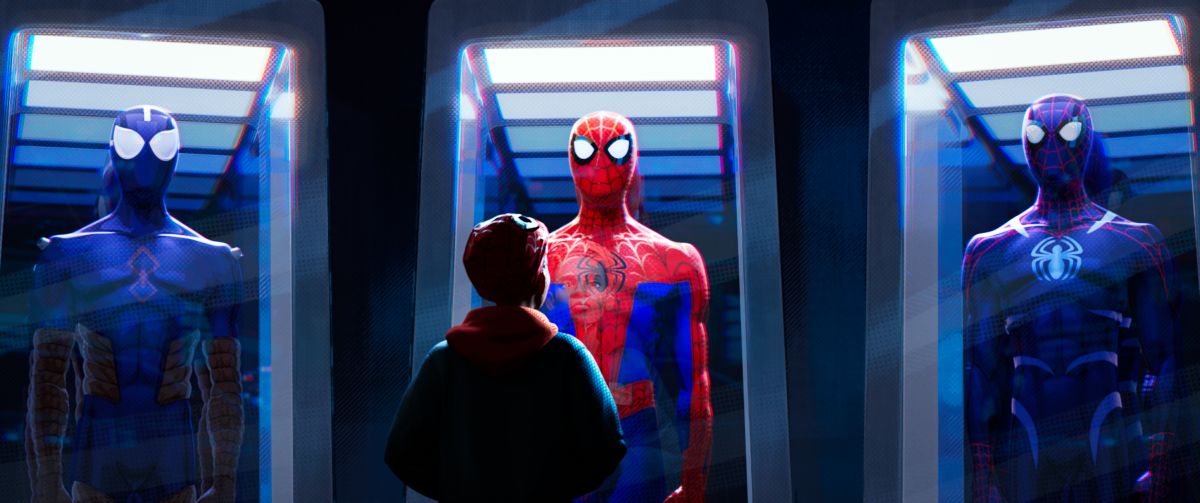
Miles Morales (Shameik Moore) in Sony Pictures Animation's SPIDER-MAN: INTO THE SPIDER-VERSE.
-
Spider-Man: Into the Spider-Verse

-
Spider-Man: Into the Spider-Verse
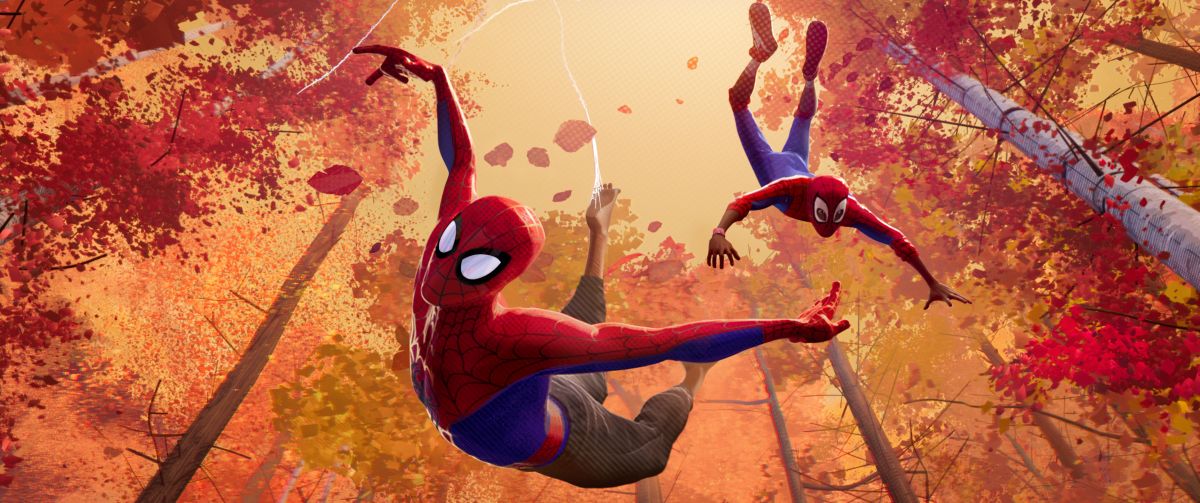
-
Spider-Man: Into the Spider-Verse

Gwen Stacy as Spider-Gwen in Sony Pictures Animation's SPIDER-MAN: INTO THE SPIDER-VERSE.
-
Spider-Man: Into the Spider-Verse

Miles Morales in Sony Pictures Animation's SPIDER-MAN: INTO THE SPIDER-VERSE.
